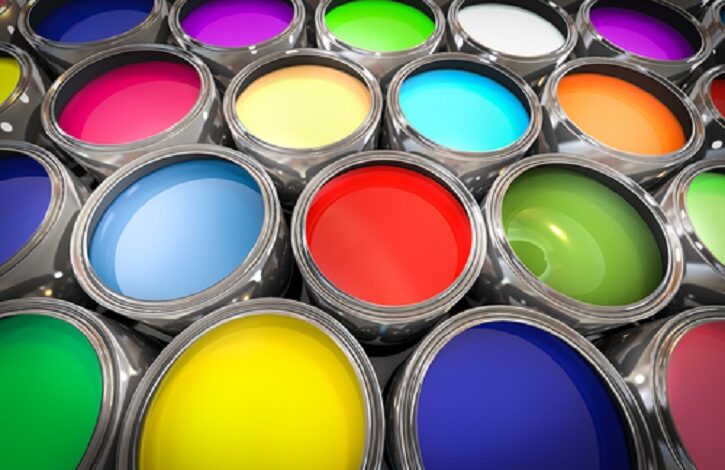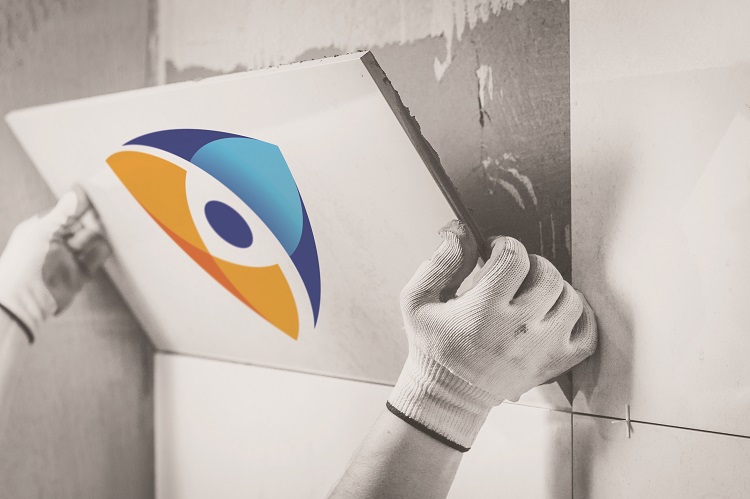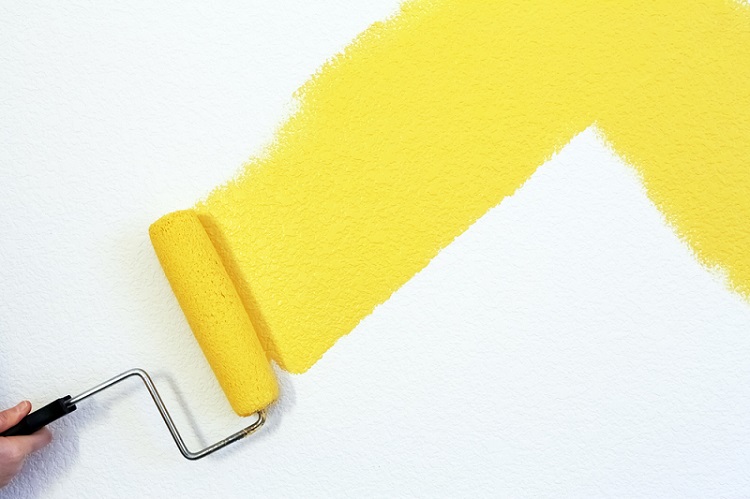
Building greener foundations with antimicrobial technologies
Kimberley Cherrington, Global Brand Manager at Microban International
The construction industry is India’s second largest sector, and has undergone massive growth in recent decades.1 It is crucial to our modern society, and continues to expand year on year to keep up with the demand for housing and public amenities, such as schools, shops and hospitals. The field is also notoriously expensive – involving high installation, maintenance and repair costs –highly resource intensive, and yields significant quantities of environmental waste. In fact, it is estimated that India generates up to 150 million tonnes of construction waste every year, accounting for 35-40 per cent of annual global construction and demolition waste.2 On top of this, the field is stringently regulated, with many countries now enforcing a 10-year guarantee on all new homes, leading to additional renovation costs for contractors in the long run.
Unfortunately, building materials like insulation, paints, sealants and grouting are highly susceptible to degradation caused by the long-term action of microbes – such as bacteria, mould and mildew – further contributing to the financial burden of remedial action. The uncontrolled growth of these organisms can lead to visible stains, unpleasant odours and structural damage, negatively affecting product integrity and shorting the usable lifespan of various construction components. In addition, some areas of buildings are routinely exposed to the elements, and cannot be accessed for cleaning or repairs. Similarly, rooms that experience excessive moisture – such as bathrooms and kitchens – are especially prone to microbial growth and the subsequent damage they cause, worsening the situation.

Added to this, consumers are now becoming more environmentally aware than ever before, further moving the construction industry towards more sustainable building practices that reduce material damage, enhance product lifespan and cut down on waste and energy usage. This drive towards longer-lasting building materials highlights the need for solutions that will effectively prevent microbial growth and damage right from the start of construction.

Many companies are addressing customer concerns by turning to sustainable antimicrobial technologies that can be incorporated into a range of structural materials, coatings and paints at the point of manufacture, without compromising performance or compliance with building specifications. These additives become intrinsic parts of the products – so they will not wear off or wash away over time – and work round the clock to combat microbial proliferation and damage throughout the products’ entire lifespans. Antimicrobial technologies help to enhance a building’s overall durability, reducing the need for costly repairs and cutting down on the use of resources and energy. Ultimately, built-in antimicrobial chemistries help the construction industry to fit in with today’s environmentally conscious world, satisfying the needs of homeowners and industrial partners, and supporting a more circular economy.





